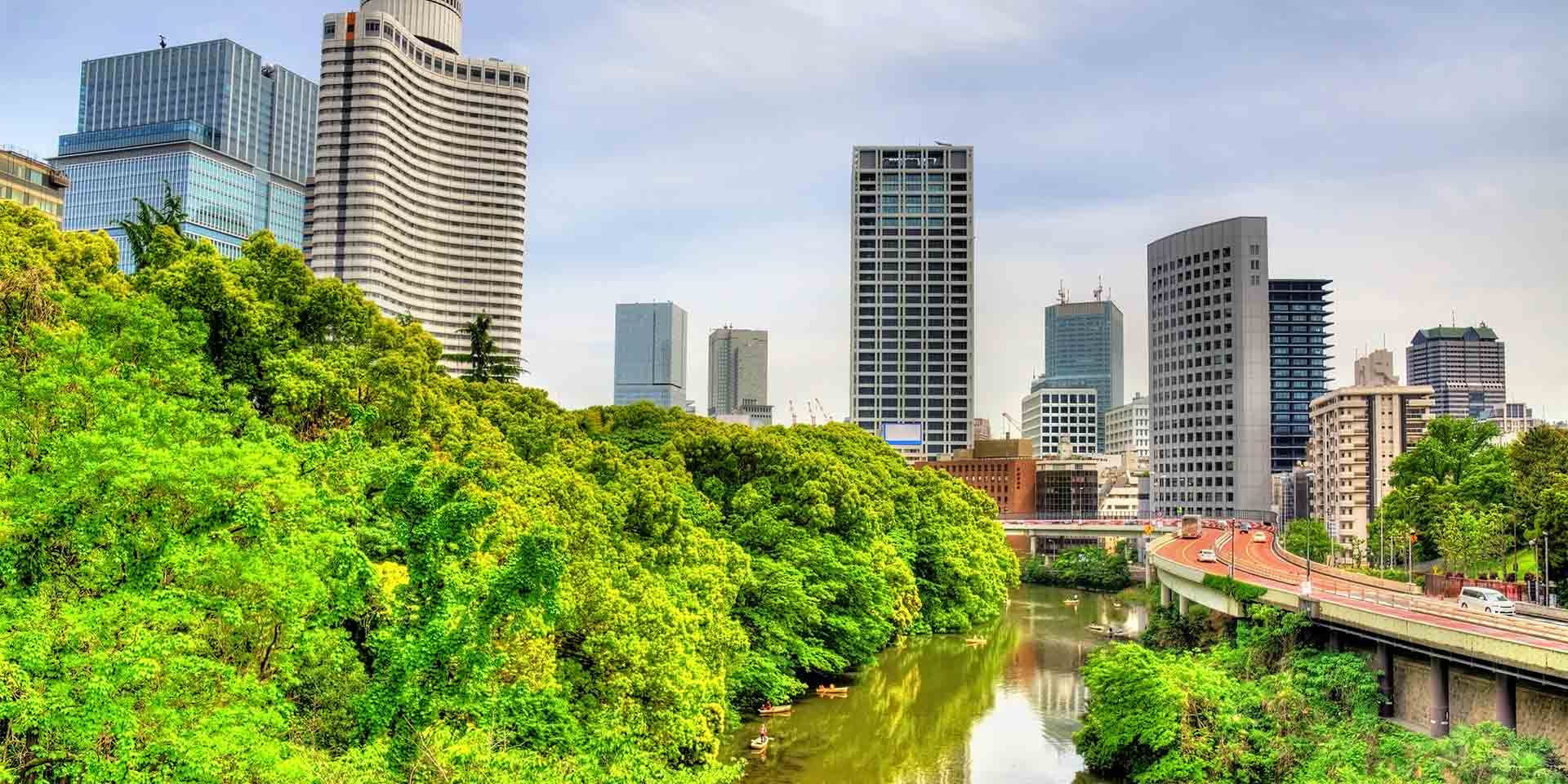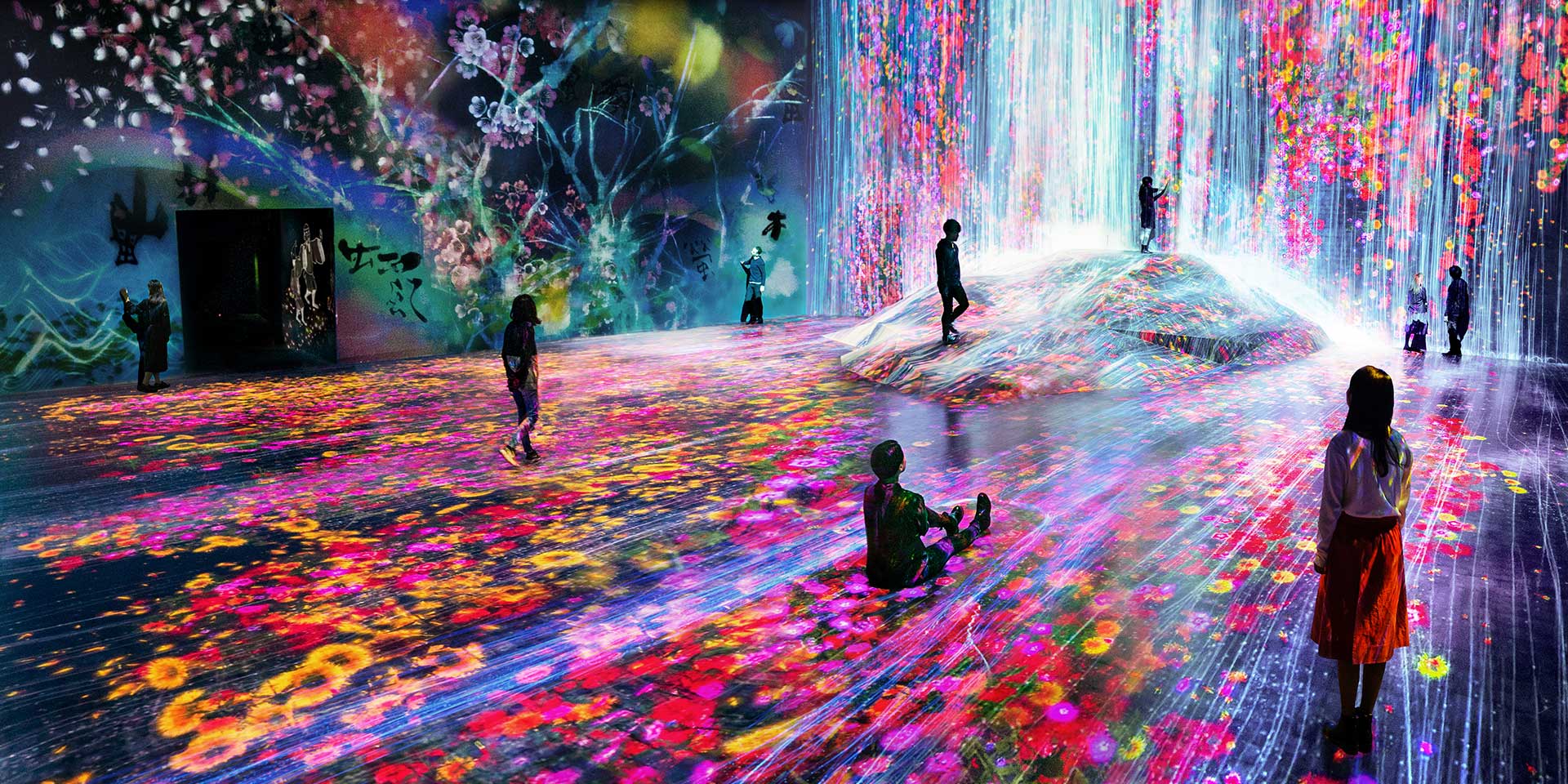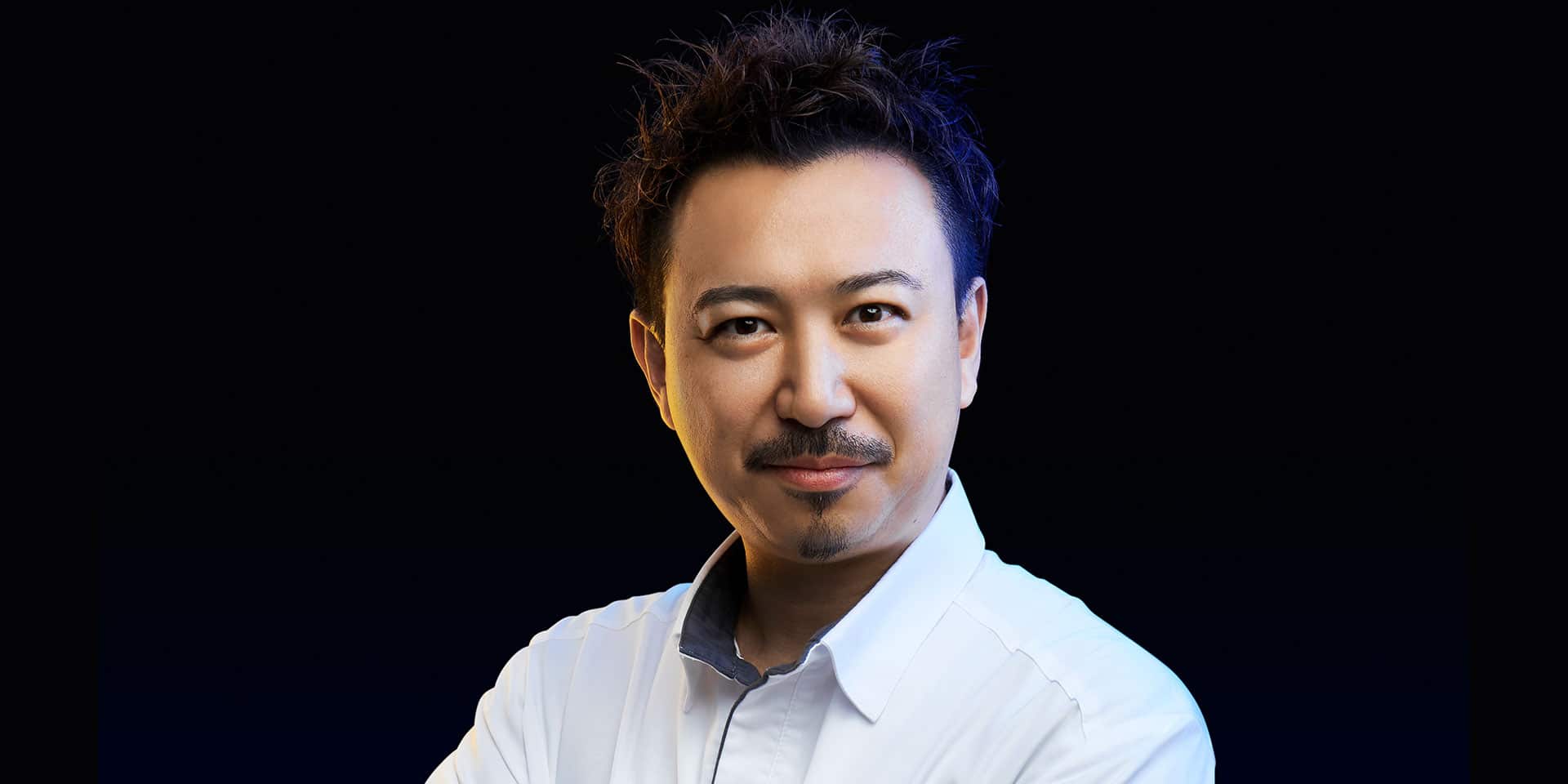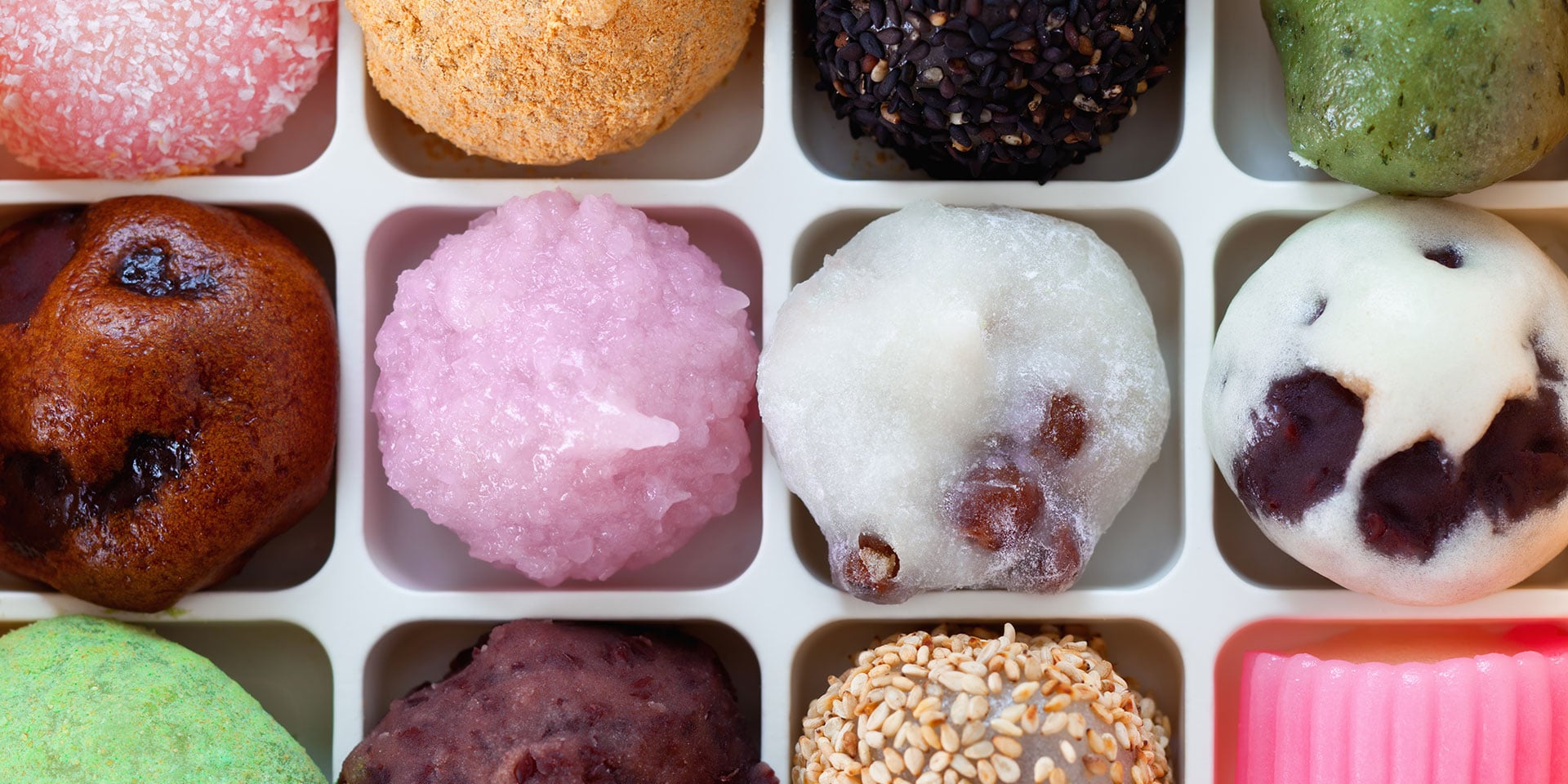
Take a tour of Tokyo’s less touristy districts. (Photo: Alamy)
TokyoA Local’s Guide to Tokyo’s Hidden Neighborhoods
By Anna ByrneTokyo isn’t one homogenized city—it’s a whole cluster of neighborhoods, or wards, each with its own character and secret attractions known only to the locals dwelling within. Who better to guide you through a city’s secret neighborhoods than the locals?
We tracked down seven longtime Tokyo residents—from a French retailer to a Japanese designer and museum curator—and asked for their insider tips on what makes their piece of the city special.
The answers may surprise you as we take an inside look into Tokyo’s unique wardsk.
Akio Egami
Job: BaristaLives: IidabashiWorks: Iidabashi
Many people think of Iidabashi as chiefly a business district, and so tourists don’t often come here.
But in between the office towers and bland university campuses, there is actually quite a bit of green space, which is why I love it. I cycle between home and work, which is a great way to discover new places that I can go back to later.
In the summer, Canal Cafe is a great place to enjoy a meal outside, and Koishikawa Korakuen is one of Tokyo’s oldest and lushest gardens, with spectacular scenery anytime of year.
Reiko Tsubaki
Job: Associate curator at Mori Art MuseumLives: Azabu JubanWorks: Roppongi
I love the area of Azabu Juban because, even though it’s centrally located and near the vibrant district of Roppongi, it still maintains a slow pace and an old village-like atmosphere.
There are some great local restaurants and bars, like Abechan, a very popular yakitori [grilled chicken skewer] place that’s been around for ages and often has lines of people getting takeout or waiting to be seated, and Gen Yamamoto, a cocktail bar with only eight seats that serves imaginative, seasonal cocktails created by the owner and bartender.
For souvenirs to take back home, be sure to stop in to Tanuki Senbei, which has been making delicious, fresh rice crackers since 1928.
Sophie De Taillac
Job: Retailer, president, MHT StoresLives: ShimokitazawaWorks: Aoyama
‘Shimokitazawa has a very bohemian feel to it, and it’s a fantastic place to shop for vintage clothing.
Some of the best stores are Chicago, which is packed full of colorful casual wear and even has a section of inexpensive used kimonos, and Haight & Ashbury, named after the San Francisco neighborhood with a similar vibe to Shimokitazawa’s.
Once you’re worn out from shopping, pop into Trouble Peach for a drink.
This dimly lit bar is decorated with vintage music posters and shelves packed full of old vinyl records, and the wooden tables have been carved with previous customers’ initials.
Julien David
Job: Fashion designerLives: JingumaeWorks: Jingumae
Since shortly after I moved to Tokyo eight years ago, I’ve wanted to live and work in Jingumae. Technically, parts of Harajuku and Omotesando are included in Jingumae, but the smaller back streets are much more interesting. Cat Street has a good mix of vintage stores, smaller brands’ boutiques, and independent cafes and restaurants.
Kotaro Watanabe
Job: Cultural insider for Andaz, design engineer at TakramLives: Yoyogi KoenWorks: Omotesando
The area I live in is named after the park right next to it, which is one of Tokyo’s best outdoor areas. Since I work on the other side of the park, I walk through it every morning and to get home every night. It’s a great way to start and end my day.
The area on the west side of the park is full of narrow streets lined with quirky shops and cafes, and is perfect for wandering around on the weekends.
Arms Park Side Burger Shop has some of the best burgers in Tokyo, Musee du Chocolat Theobroma sells delicious chocolates and macarons, and Tecona Bagel Works serves various flavors of bagels in a choice of three different textures or consistencies.
Jesse Benson
Job: Director of studies ICS, LVMHLives: RoppongiWorks: Marunouchi
Roppongi is mostly known for its nightlife and for the big, glitzy shopping complexes of Roppongi Hills and Tokyo Midtown, but ever since I moved here I’ve discovered that there’s a lot more to it. I like visiting art museums and galleries, and Roppongi has a lot of them.
The Mori Art Museum; the National Art Center, Tokyo; 21_21 Design Sight and the Suntory Museum of Art all have some great temporary exhibitions, but there are also many smaller galleries that are just as interesting.
The Piramide building behind Almond on Roppongi Dori is a good place to start, as it is home to four small galleries, each with its own specialty.
From there, walk down toward Tokyo Tower to the Axis Building, which houses the Axis Gallery and the IMA Gallery.
Yoshiko Saito
Job: Owner, Otalys DesignLives: DaikanyamaWorks: Shiba Koen
I moved to Daikanyama a couple of years ago, and I am still discovering new places all the time. Daikanyama T Site has some good restaurants and makes an ideal resting point when you want to read a book or magazine over a coffee or cocktail, but it can get quite crowded, especially on weekends.
But roaming through the alleys around it will bring you to all sorts of interesting shops and little cafes. Weekend Garage Tokyo is one of my favorite places to hang out.
It has a garage-like atmosphere with high ceilings and lots of outdoor tables, and the food is very good value for money.
When in Tokyo’s Best Neighborhood, Stay in Style
One exciting new addition to Tokyo’s luxury hotel scene—not to mention its architectural, cultural and food and drink scenes—the Prince Gallery Tokyo Kioicho, a Luxury Collection Hotel, is opening July 27, 2016. It’s set in one of Tokyo’s best-kept-secret neighborhoods, too. Kioicho is one of Tokyo’s best, most exclusive enclaves.
It’s a small town in itself, marked by extensive, shady greenery and steeped in history.
The hotel is set amid this calm space, yet is just a 10-minute walk from the New National Theatre, Tokyo, and a 30-minute stroll from the glories of the Imperial Palace itself.
It’s the perfect place to stay on business, and ideally located for sightseeing, easily accessible from Narita International Airport (NRT) and Haneda Airport (HND), as well as major train stations.







